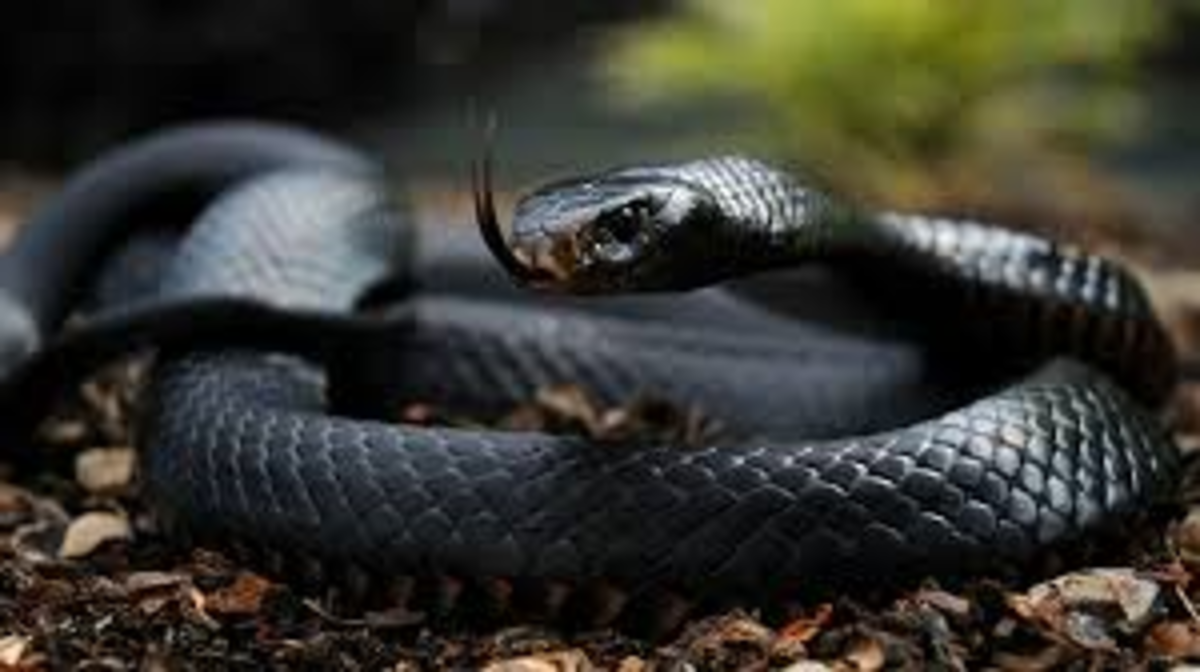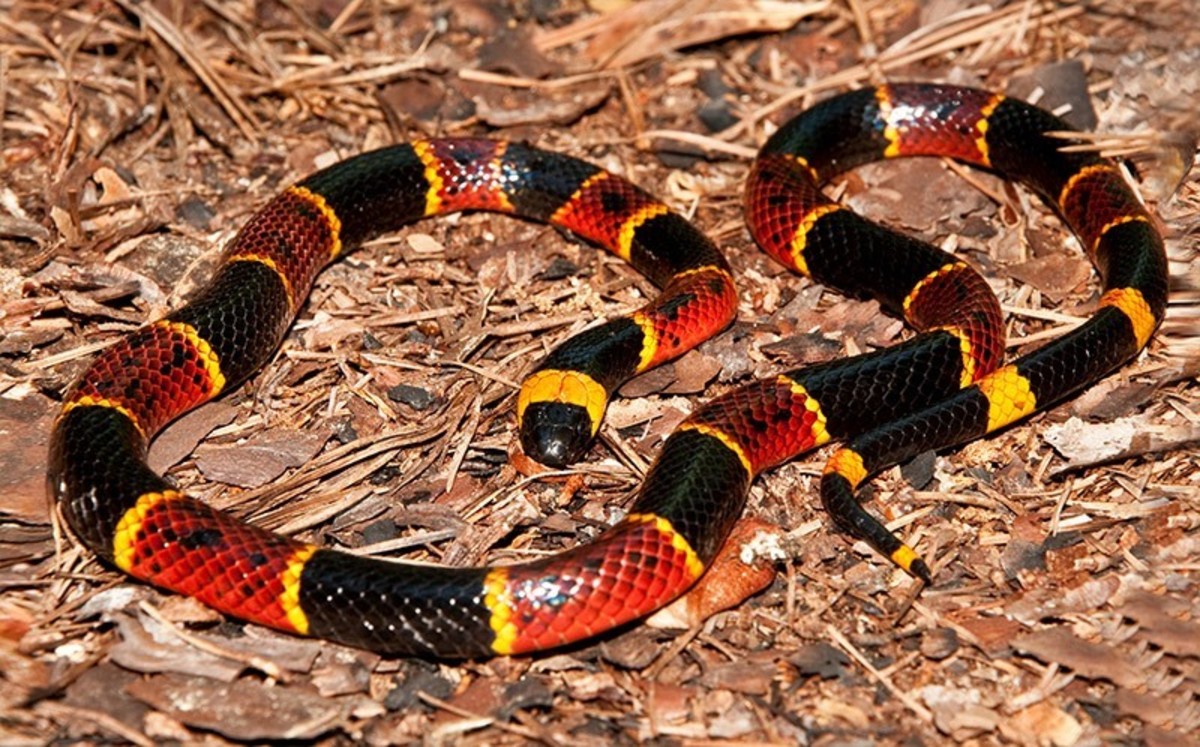- HubPages»
- Education and Science»
- Sociology & Anthropology»
- Folklore & Mythology»
- Legendary Creatures & Cryptids
The Box Jellyfish: The Planet's Most Deadly Creature
Jellyfish are beautiful but some are deadly...


Stings cause unbearable agony
Box Jellyfish: Earth’s Most Deadly Creature.
This journalist has many wonderful memories from 8 years of living in Australia. But it was never really relaxing swimming there as you were always made aware of sharks on the New South Wales beaches: there were spotter aircraft and shrieking “shark alarms” to warn bathers to clear the water when a “Noah,” (for “Noah’s Ark - Shark) was spotted near the surfing beaches such as Manly and Bondi.
In the North, we didn’t realize back then the real danger off the Northern Queensland beaches were not sharks and crocs - as if they weren’t enough - but tiny blobs of jelly - the Box Jellyfish, or Chironex fleckeri - which were only just being understood back in the 1960’s when this Pommy braved the crashing surf.
Many and heated are the arguments about which beastie is the world’s most venomous creature. These can usually be divided into the passive sort - which just have venom or poison to use in defense, or those predatory killers which use their venom to stun prey, as well as defend themselves.
Snakes are often quoted as the creatures to be feared the most in Australia. The country certainly has more than its share of reptiles whose bite - if not treated quickly - will remove the victim from this earthly coil. The Taipan has the most deadly venom - it’s sacs contain enough to kill more than 30 adult humans…and the nation has another 10 snake species, also deadly.
But the little chap featured in this article has enough venom in its stinging cells to kill twice that many - and the unbearable pain and venom associated with box jelly attack often stops the victim’s heart within four or five minutes! (Death from a taipan envenomation typically takes several hours and is relatively painless). Death is often brought on in as little as 2 to 4 minutes in badly stung Chironex victims due to the venom causing catastrophic potassium loss from cells followed by cardiac collapse.
There have been more than 70 recorded deaths from Chironex stinging in the last century in Australia, along with hundreds more of whom have eventually survived - many scarred for life from the skin damage and welts - after enduring hours or days of excruciating pain from the cocktail of venom injected by the box jelly’s “nematocysts,” or stinging capsules easily puncturing exposed skin. Other members of the family have been recorded causing long-term mental or physical effects.
Along with Chironex fleckeri, Carukia barnesi and the aptly named, Malo kingi, are considered nearly as bad and many other members of the family exist all over the tropic seas of the planet where they have caused painful stings and occasionally death. Some have been found as small as a thumbnail and it is surely true that the world's oceans contain more as yet unknown, along with their capacity to cause illness and death.
Recentlly another member, Chironex yamaguchi has been found causing a few deaths in Japan...they are also a menace at times in Hawaii.
My own experience with the box jelly - also called commonly “Sea Wasp,” or “Marine Stinger.” was while swimming near Queensland’s lovely town, Cairns. I suddenly felt a pain like a burn on my right calf which was so painful I cried out loud and beat a hasty retreat to the beach, luckily not incurring more contact with what turned out to be a box jelly in my splashing panic. One of the creature’s tentacles had done no more than sting about an inch of my skin…I could only imagine the agony a severe attack would cause. I put some alcohol on it, but the weal and pain persisted for several days and I can still see the mark left after 40 years! There is an antivenin available nowadays - if it can be administered in time! (I was later told that alcohol did no good and the general immediate treatment today is treating bite areas with vinegar, kept along beache snow in Australia's north-west.)
We know now that box jellfish enter lagoons and estuaries close to Townsville in Queensland to spawn, and the young feed in close coastal waters. (stings have been recorded anywhere in their habitat). The creature grows to about the size of a square-ish soccer ball, weighing some 2 kilos, with around 60 tentacles streaming close to 20 feet from the body. It doesn’t take many of them for the seas to become a lethal playground, and no one swims in the summer in any of these areas nowadays (from Oct. to May). Another nasty creature found in the same area is the jellyfish, the Bluebottle, which causes painful stings that are not fatal.
Curiously, box jellyfish are able to “see” from several primitive eyes; but scientists are baffled how they process images with such rudimentary brains! They can also propel themselves through calm water at about 2 feet a second - stunningly fast for the shape and propulsion method. Also quite maneuverable, they use their tentacles to stun and catch small prey like shrimps and tiny fish (killed immediately by the touch of the stingers!).
Some sea turtles - such as the Hawksbill - seem immune to the Chironex venom and happily gulp large jellyfish down in seconds incurring no ill effects. (The stingers may be foiled by the turtle’s tough mouth parts and stomach which has shown to be unaffected by substances such as glass and other silica).
In dubbing the Box Jellyfish the planet’s most venomous creature, biologists have also concluded its weaponry “the most complex ever developed by any animal other than man.”
Absently rubbing a spot on his leg, this writer had to agree.








